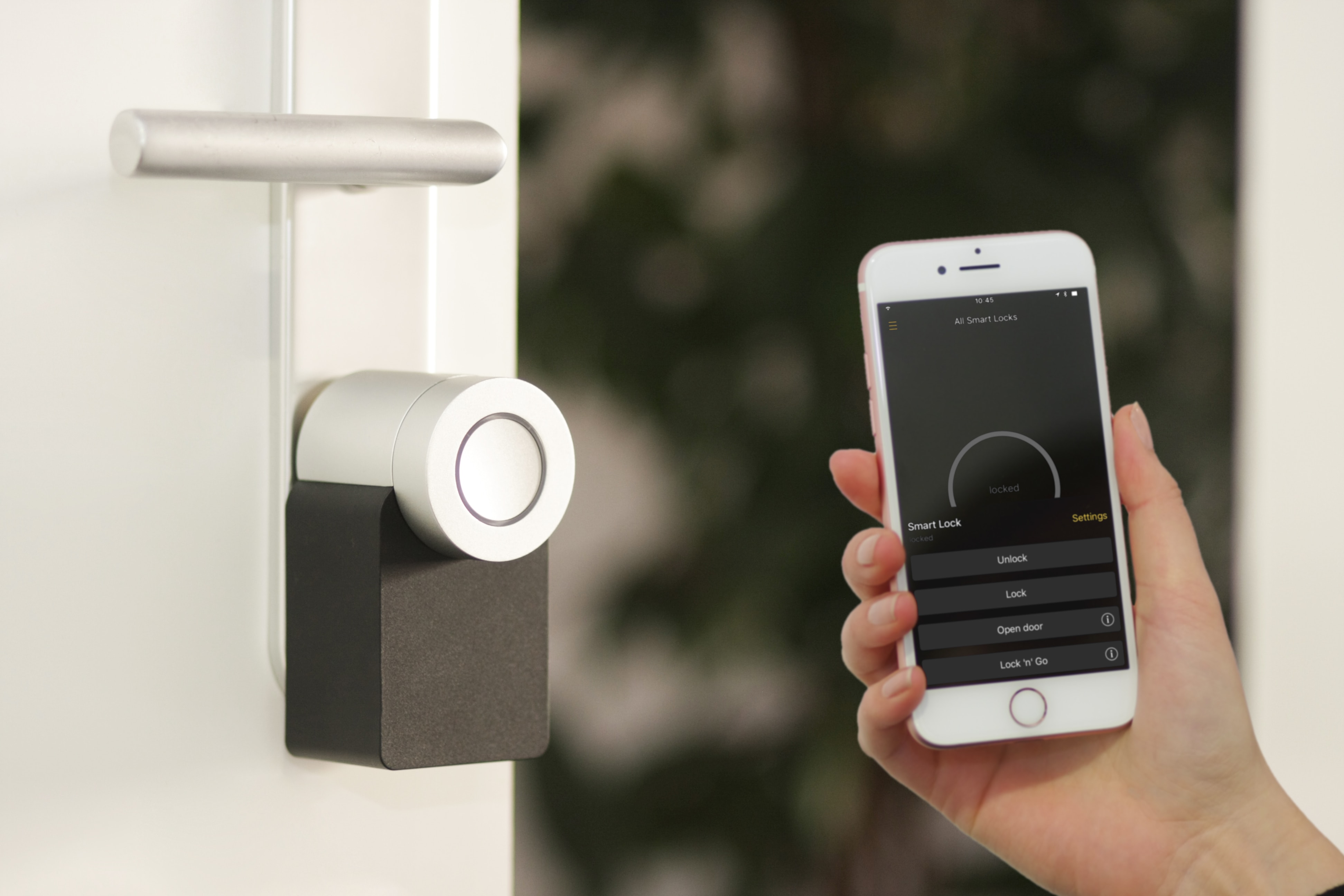The Growth of the Smart Home

Every decade has one or two signature technologies, from 1980s home computers to smartphones and apps throughout the last ten years. And although we’re barely a month into the 2020s, many experts are predicting this decade will be dominated by internet-enabled devices. Collectively known as the Internet of Things, IoT technology ranges from wearable fitness trackers and smart speakers to self-driving vehicles capable of communicating with each other to avoid traffic jams. And millions of us have already welcomed WiFi-equipped kitchen devices and app-controlled security systems into our homes.
Think smart
The growth of the smart home has been predicted for many years, but a few recent developments have made it a reality. Firstly, broadband speeds are now fast enough to support multiple connections, from Netflix-equipped smart TVs to bathroom scales which send weight and health reports directly to your GP. Secondly, dwindling hardware costs make it possible to get even affordable gadgets online. And thirdly, consumers increasingly expect technology to make their lives simpler – such as app-controlled Hive home heating systems and voice-activated Alexa smart speakers.
The latest IoT developments are usually demonstrated at the Consumer Electronics Show in January, before filtering through to shops later in the year and ending up under our Christmas trees. There are already an estimated three IoT devices for every person on Earth, and experts reckon 500 billion devices will be online ten years from now. Every IoT gadget and gizmo will send and receive data about its activities over a home WiFi or public 4G/5G network, with the results being interpreted offsite. And while its impact will be felt everywhere from the office to the high street, our homes are likely to see the biggest growth in IoT technology.
The smart home of 2020
Today, you can unlock your front door with a biometric ID system, while a motion-sensor camera uploads footage of your arrival to a secure website. You can step into a house where the temperature was set via an app, to an oven which you turned on to preheat during your journey home. If your smart fridge hasn’t already ordered a bottle of wine to replace the one you took out last night, tapping a dedicated re-order button stuck to the door should ensure a new bottle is delivered tomorrow. And while the short-term benefits of all this include convenience, longer-term objectives include a greater ability to predict and pre-emptively meet our needs.
The smart home of 2030?
Our homes will gradually evolve to meet our growing demand for autonomous devices. WiFi routers will become faster and offer greater range, with mesh extenders allowing devices in every corner of the home to go online. In time, housebuilders may start installing wireless charging points into walls and worktops, while rooftop photovoltaic panels could cater for our greater electrical requirements. Whole-home electrical circuits will be able to support Powerline connections for key devices like computers and smart TVs, and wall-hung screens could begin displaying files from augmented reality glasses when the wearer stands in front of them.
A decade from now, our homes will be smarter, safer and simpler to manage – often remotely. And while this might sound like the stuff of science fiction, every technology mentioned in the previous paragraph already exists; so it won’t be long before our homes evolve from having one or two smart devices in them to being fully IoT-enabled.
Back to Latest Posts




